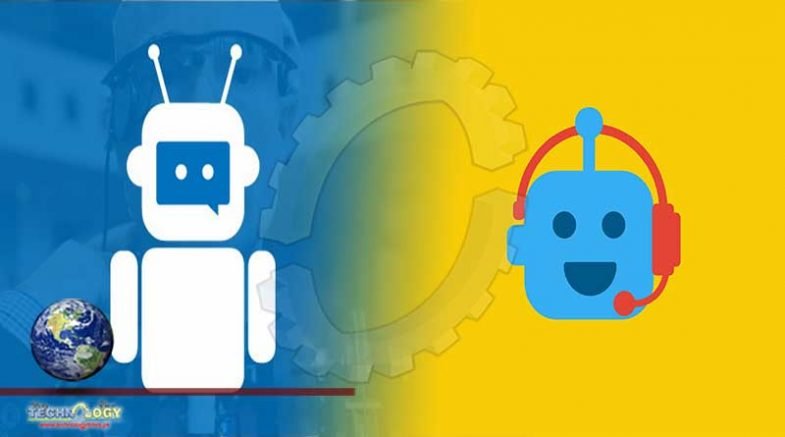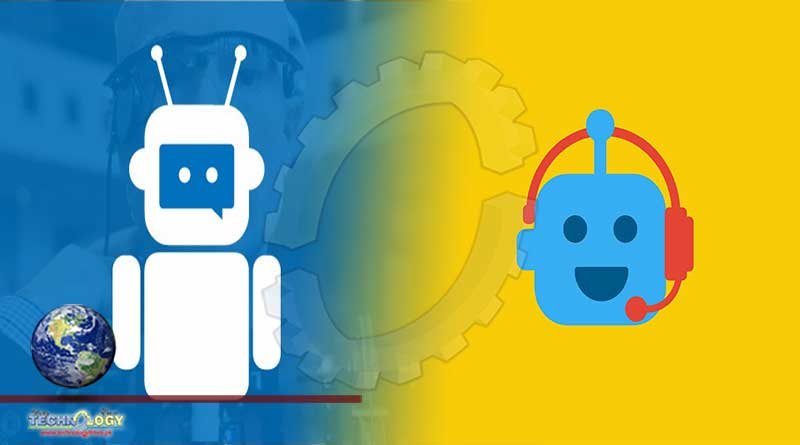The availability of IoT devices and the adoption of Artificial Intelligence have boosted the popularity of virtual assistant chatbots among consumers.

The delivery of hyper-personalised content and services will be core to engaging digital experiences.
The ubiquitous availability of Internet of Things (IoT) devices and the adoption of Artificial Intelligence (AI) have boosted the popularity of virtual assistant chatbots among consumers. With the COVID-19 pandemic, chatbots have received even more attention from organisations looking to engage their customers – and now even employees – online and foster better digital experiences.
While chatbots are not new, the latest advancements in technology and rise of rich content mean that it is possible to build more personalised experiences, and deliver far better outcomes.
Industries such as financial services, insurance, utilities, education, healthcare or government that have become even more heavily reliant on the delivery of digital experiences in the wake of the pandemic are under growing pressures.
Users today expect speedy responses and resolution 24/7 across web, mobile, voice and other channels.
But people don’t want to read or sift through large blocks of text to get answers to their questions – this actually often leaves users frustrated, and support center staff overwhelmed with mundane, simple tasks, leaving less time for complex cases.
Continued investments in advanced chatbot and other service delivery technologies to meet those rising expectations is not an option, and could make or break customer-centric organisations’ success in 2021.
Chatbots, digital portals, CMS: integration is key
With more organisations going online in the past nine months, we’ve seen a rising number of digital portals pop up that offer rich, personalised content and search features aimed at bringing self-service support to the next level.
Digital portals with built-in chat capability integrated with CMS platforms are set to become the norm and serve a complete digital experience.
For companies that want to improve their chatbot capabilities in 2021 and deliver digital experiences that meet users’ expectations, software connectivity and integration capabilities will be key.
More than ever, developers and operations teams need to work hand in hand to develop integrated technologies and enhanced capabilities that serve businesses and customers’ new needs. Increased investment in DevOps thus needs to be prioritised.
Building a truly unified platform that lets users seamlessly search through rich-content and be able to provide hyper-personalisation answers on the go requires a collaborative, integrated approach and the involvement of DevOps teams every step of the way
Building purpose-driven chatbots in 2021
In the era of hyper-personalisation, chatbots that just spit out generic answers based on lengthy FAQs won’t make the cut.
Organisations that want to build winning digital experiences for their customers and users need to look at building purpose-driven chatbots. Here are the seven steps to follow:
- Start with a business need
- Decide whether to replace or empower existing apps
- Glean value from your backend services and stored data
- Choose your technology stack for chatbot development – and involve your DevOps team to make sure the integration with other functionalities such as CMS and with your broader digital portal will be seamless
- Select a high-productivity chatbot development solution – you can choose from a wide range of solutions from DIY chatbot solutions, to end-to-end chatbot solutions
- Craft a human-like user experience. This is where the integration with your CMS platform and those rich-content and deep search features are key
- Don’t forget to manage the chatbot after its creation, including security and performance monitoring
Hyper-personalisation and rich-content chatbots
In 2021, search and personalisation will become more important than ever as content multiplies exponentially. We will also expect more of search, what it delivers, and how it anticipates the meaning behind our requests. In addition, voice will continue to change how we interact with devices, the internet and each other.
The delivery of hyper-personalised content and services will be core to engaging digital experiences. And a new generation of rich-content chatbots that can integrate with CMS platforms and deep search capabilities will be in the front line of that delivery.
According to inventor Ray Kurzweil, you will be able to have meaningful humanlike conversations with chatbots by 2029. With the technology advancements made in the chatbots and self-service support field in 2020, and more integration and hyper-personalisation investments expected in 2021 this reality might actually come much sooner.
Originally published at Bit
